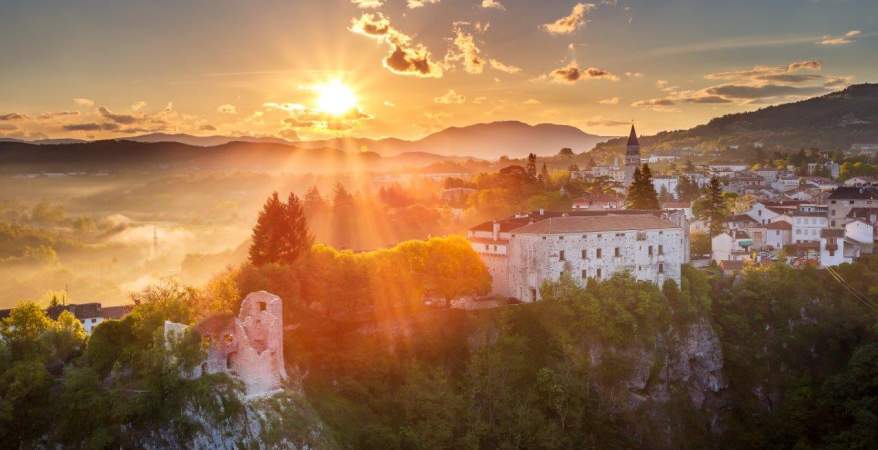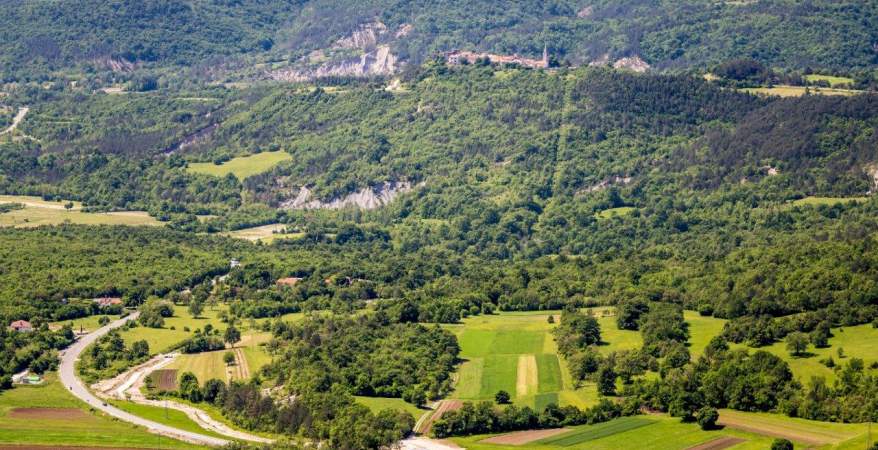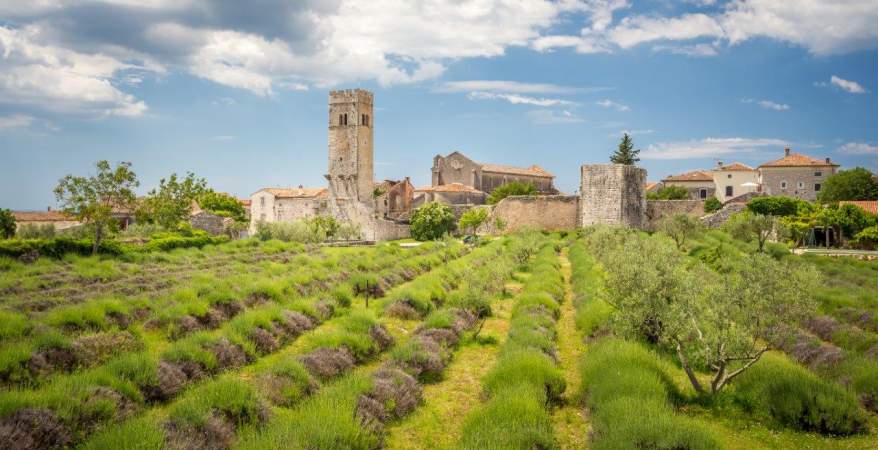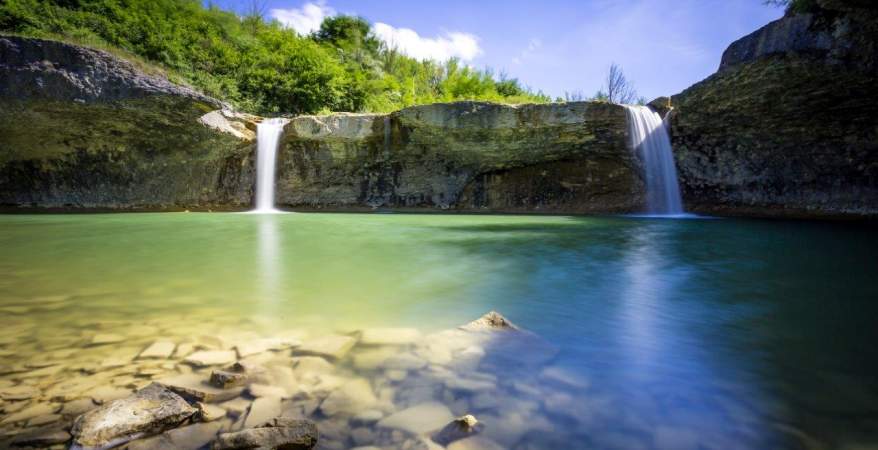Pićan
Pićan, Petina, Petinum, Pedena, Penna, Biben, Pyben, Piben, Piebn, Piebnn, Pitchann....
What's in a name? Sometimes it is not easy to follow the traces of Pićan in historical sources due to its numerous names. The origin of the name Petina is sometimes attributed to the assumption that the Diocese of Pićan was the fifth in the world where the word pet (five) contains a Celtic root.
Pićan was definitely settled in early prehistoric times. The oldest parts of the fortified hilltop town of the tribe of Histri were located on the Calvary Hill, north of the modern town. After that the town was probably settled by the Celtic tribe of the Secusa. In Roman times, probably on the same strategically important location, there was a military stronghold and the settlement Petina.
Some authors linked the town of Pićan to the name Pucinium, mentioned by Pliny and Ptolemy as the name of a fortification in central Istria, famous for its excellent wine even in the Roman Court. Livia, wife of the Emperor Augustus, believed that her longevity was attributed to the fact that she would drink only this wine. The only visible evidence of the Roman presence is the inscription on the stone incorporated in the doorpost of the house facing the bell tower. The inscription mentions a Lucius Caonalius of the family Pupinia that can be found in various other places in Istria (Kringa, Pula, Poreč, Koper, Trieste).
At the time of the Byzantine rule Pićan was the administrative centre of central Istria. From the Late Antiquity to the end of the 18th century, Pićan was the seat of the Diocese of Pićan, one of the oldest, but also smallest in the Christian world in general.












